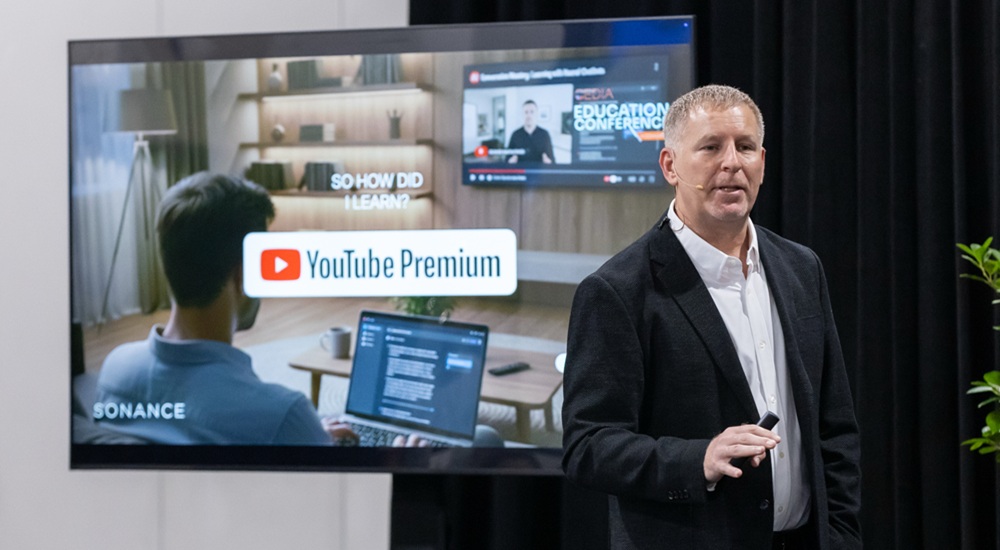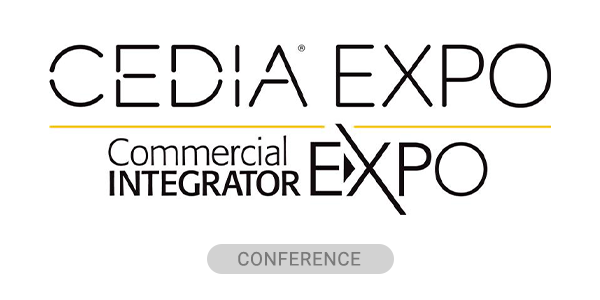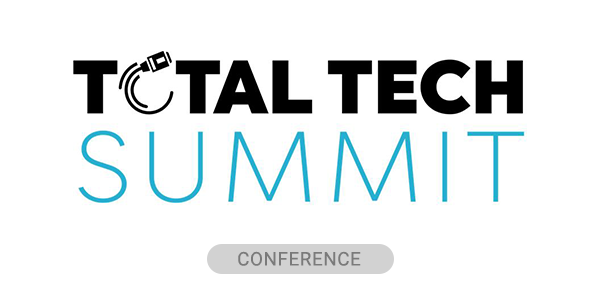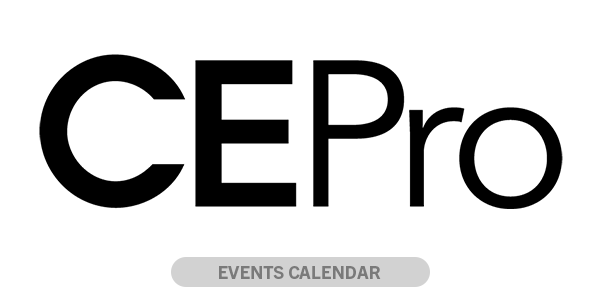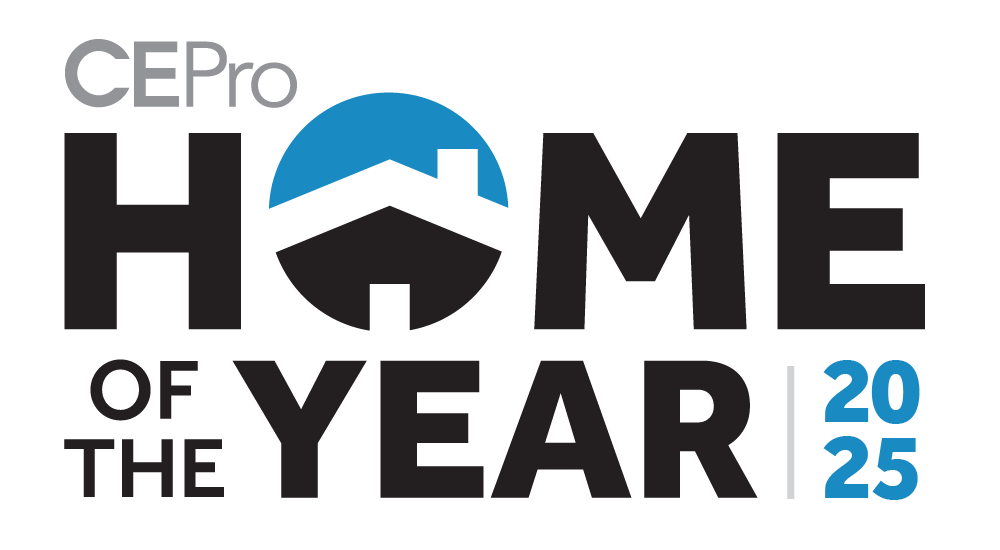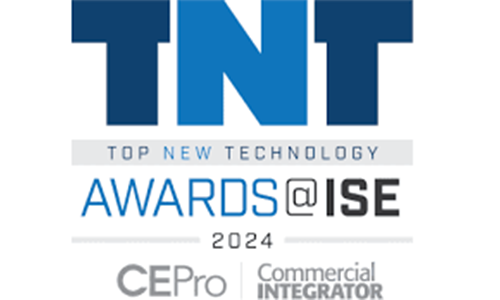Ari Supran, the CEO of Sonance, is now well known not only for leading one of the most respected audio brands in the custom integration market, but also for his fluency with AI tools that are rapidly changing how businesses operate.
Supran has delivered his AI presentation dozens of times to integrators and industry leaders, including multiple sessions at CEDIA Expo/CIX 2025. One of those took place on the CE Pro–curated Smart Stage, where Supran approached artificial intelligence not as a futurist, but as a practitioner. He didn’t speculate about what AI might someday do—he showed what it’s doing for him right now.
“I don’t have a computer-science background,” he told the audience. “I have curiosity and a corporate credit card.”
From writing and research to coding and operations, Supran’s approach demonstrates how integrators can apply AI in simple, repeatable ways.
Listen to this presentation here:
Faster Input with AI Transcription
Supran’s first “unlock” was Wispr Flow, an AI-driven dictation tool that replaces typing with speech anywhere text input is allowed. The app interprets tone and punctuation before displaying the result.
“It formats like I write,” he said. “Each time I use it, I save a few seconds. At the end of the day, that adds up to hours.”
He uses it for emails, meeting notes, and quick prompts across his workflow.
Smarter Editing with ChatGPT Canvas
To fix one of AI’s biggest frustrations—editing long drafts—Supran relies on ChatGPT Canvas. The feature splits the screen into a live document and a chat window, allowing users to make direct changes or ask the model to revise a specific section.
“If you’re using AI to write and you don’t edit it, that means you probably didn’t even read it,” he said. “Everything I send out, I take ownership of.”
Canvas has replaced copy-and-paste editing for job descriptions, internal memos, and training materials.
Research That Cites Its Sources
For company research, Supran turns to Perplexity, which merges AI chat with real-time search and built-in citations. It delivers summarized answers with links to verify the data.
He demonstrated by comparing the cost of living between Sonance’s offices in San Clemente, California; Minden, Nevada; and Copenhagen, Denmark. The platform produced a complete breakdown of housing, salary, and food costs, and published it as a shareable wiki-style page for employees.
Quick Training Assets with Notebook LM
Supran uses NotebookLM, Google’s AI summarization tool, to convert technical files into digestible internal training resources. Uploading a D-Tools proposal, he generated a mind map that automatically organized each room, component, and product.
The result: instant overviews for Sonance’s leadership and sales teams without building slide decks or spreadsheets manually.
Building Custom Apps Without Developers
Through Replit and Lovable, Supran learned what he calls “vibe coding”—using natural language to generate software. He uploaded a static company-culture PDF and asked the system to build a scoring app that looked the same but functioned dynamically.
“In about ninety seconds, I had an interactive system that looked exactly how I wanted,” he said. “No developer, no waiting.”
He now encourages integrators to build lightweight tools such as pricing calculators, checklists, or dashboards tailored to their own businesses
Automating Tasks with Agentic Browsers
Supran is testing Perplexity Comet, an “agentic browser” that performs web-based actions instead of just providing answers. It can click through pages, adjust settings, and troubleshoot software.
At home, he used it to analyze Nest thermostat schedules and automatically lower set points to reduce energy use.
Integrator James Radcliffe in London shared another example: Comet fixed a complex UniFi dual-WAN setup that had frustrated technicians for weeks.
“From the moment that I kind of barfed the problem into my computer using Whisper Flow to having a really fantastic resolution which has fixed the problem, the whole thing took perhaps ten minutes,” Radcliffe said.
Embedding AI into Company Operations
Inside Sonance, Supran’s team now applies AI to core business functions.
- UPS Auditor: an internal app that scans shipping invoices against contract terms to flag overcharges and log savings.
- Process Cataloging: employees record screen-capture walkthroughs of common tasks, which are converted into standardized workflows.
- Automation Trials: using platforms like Make.com and Zapier, the accounts-payable team tests AI for sorting invoices, validating suppliers, and generating payment vouchers for review.
“For us, it’s not about eliminating jobs,” Supran said. “It’s about empowering our people to focus on higher-value work that better serves our customers and strengthens our company.”
The Bottom Line
Supran’s examples form a clear playbook:
- Automate inputs.
- Edit intelligently.
- Research with context.
- Train visually.
- Build custom tools.
- Let agents act.
- Integrate AI into daily processes.
“Don’t underestimate what AI is capable of,” he said. “But most importantly, don’t underestimate what you’re capable of when using AI.”
